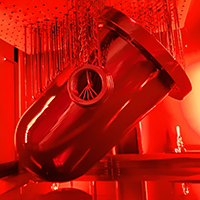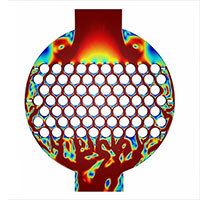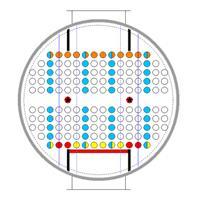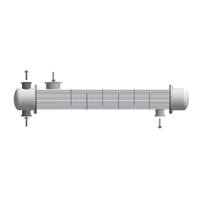
Featured Article
3D Printing Expands HTRI’s Research
December 08, 2025
Additive manufacturing has matured to the point where complex, performance critical geometries can be produced quickly and cost effectively. At HTRI's Research
Read ArticleArticles

Discover the enhanced power and innovative features of Xchanger Suite® 9.3
January 15, 2025
Research Software Technical Support Read More
Industry Interest in Electric Heaters Continues to Heat Up
November 06, 2023
Research Technical Support Training Read More
































































